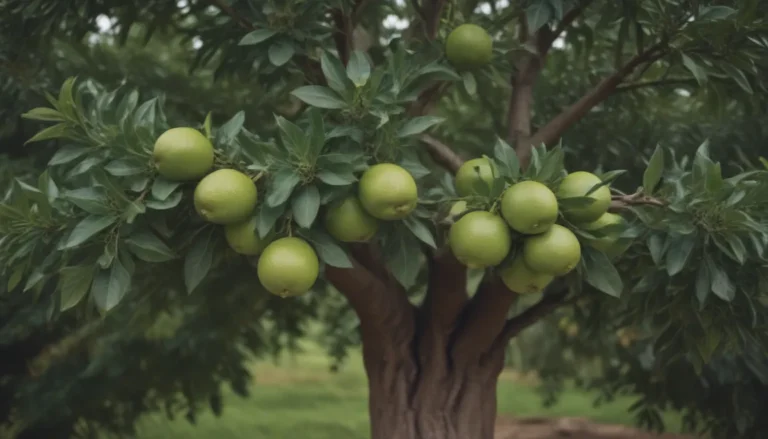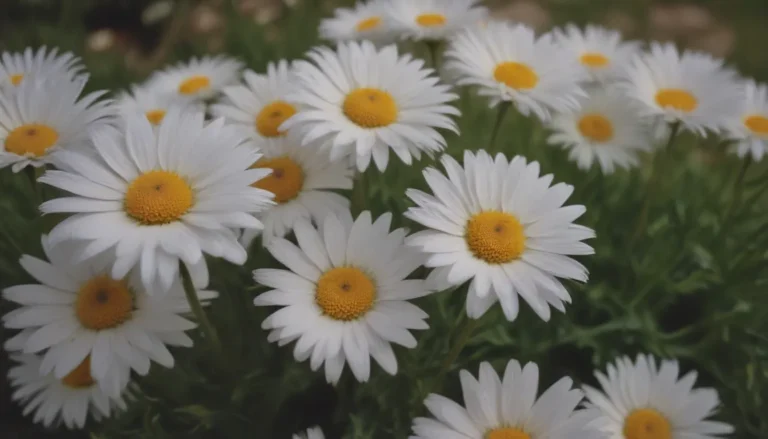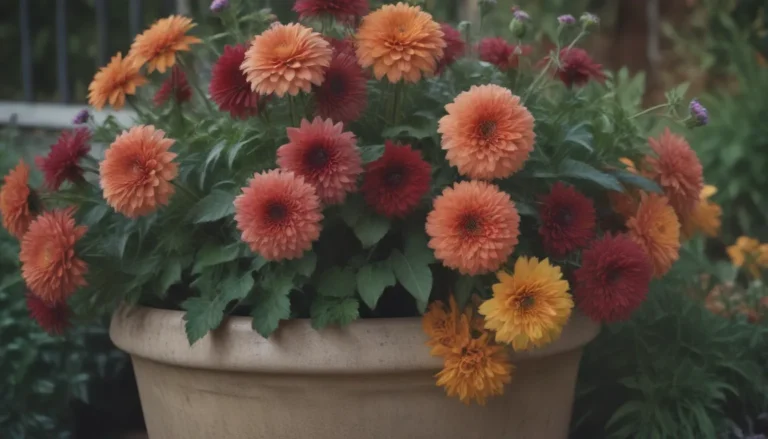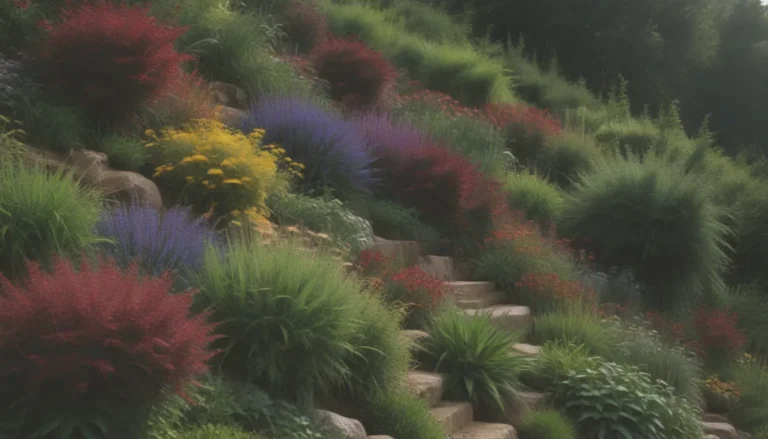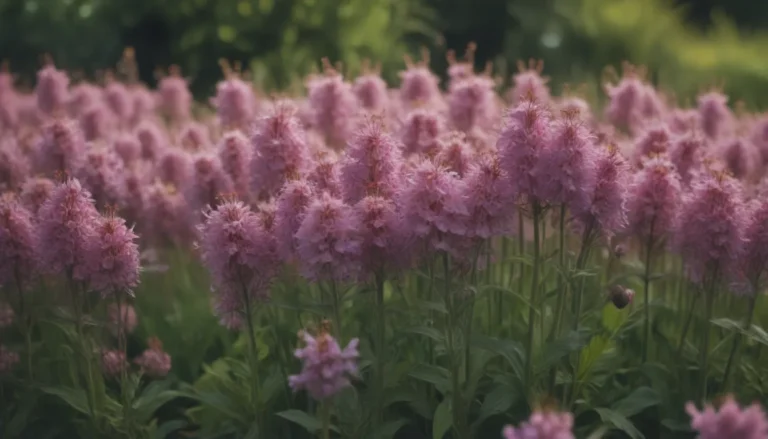Creating a Stunning Perennial Flower Garden: 22 Inspiring Ideas
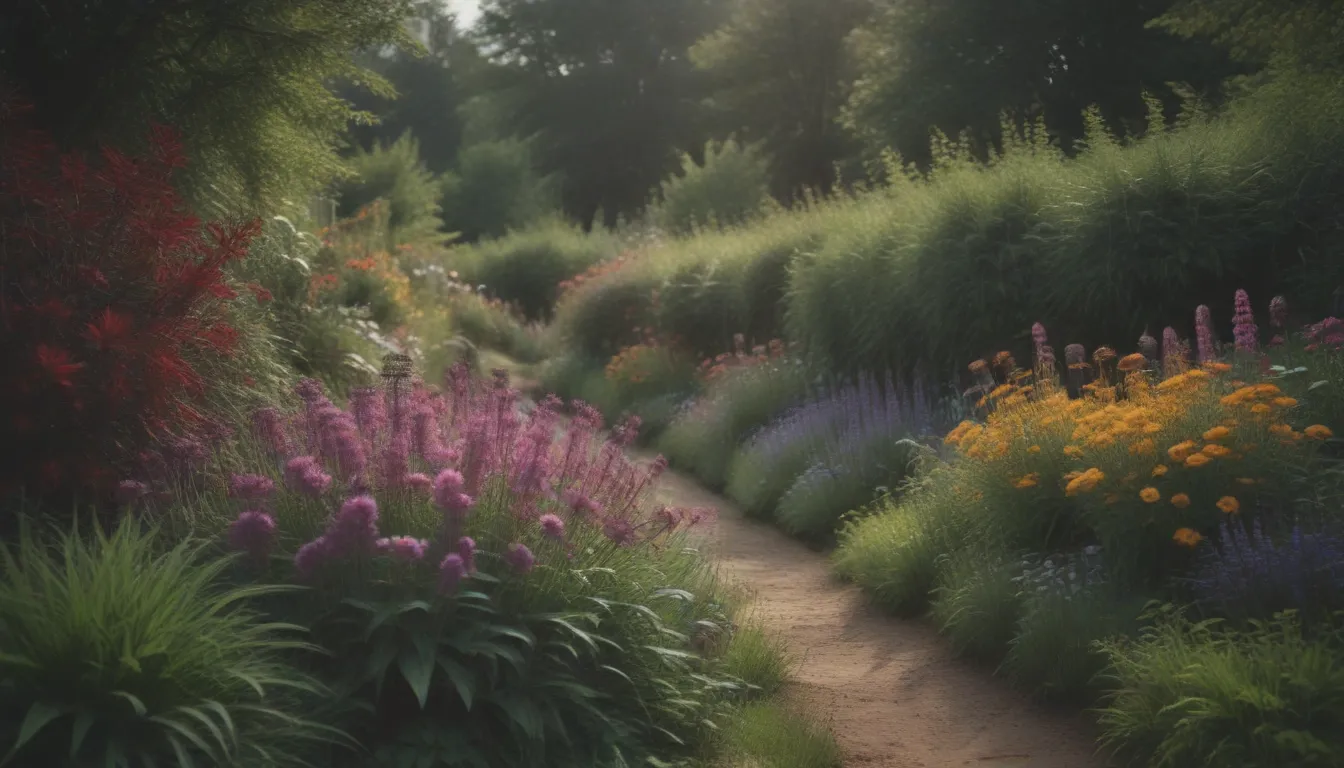
Are you looking to transform your garden into a vibrant oasis of color and beauty that blooms year after year? Perennial flower gardens are a wonderful way to achieve this goal. But with so many options to choose from, it can be overwhelming to know where to start. That’s why we’ve compiled 22 ideas for perennial flower garden designs to help you get inspired and create a visually appealing, low-maintenance garden that thrives in its space.
How to Design a Perennial Flower Garden
Designing a perennial flower garden requires careful consideration of plant selection and placement. Here are some broad steps to guide you in creating a beautiful and harmonious garden:
- Step 1, Zones: Consider the USDA plant hardiness zones of your region to ensure that the plants you choose will thrive in your climate.
- Step 2, Sizes: Arrange plants by height, with taller plants in the back and shorter ones in front, to create a visually appealing layout.
- Step 3, Blooms: Choose plants with staggered blooming times to ensure continuous color throughout the growing season.
- Step 4, Colors: Create visual interest by selecting plants with complementary or contrasting colors.
- Step 5, Habitats: Consider the sun exposure and soil conditions of your garden to choose plants that will thrive in their intended locations.
Get the Big Picture
When designing your perennial garden, take a step back and view your garden from a distance to see how the plantings work together. Consider the impact of trees and large shrubs on your overall design and ensure that your plantings balance and flow into one another.
Plant Bulbs for Early Spring Color
Planting spring bulbs like crocuses, daffodils, hyacinths, and tulips alongside later season plants like hostas and daylilies can provide continuous color from early spring to late summer. This strategic planting fills in the gaps between seasons of bloom and maximizes space.
Arrange Plants By Height
In most cases, taller plants should be placed in the back of the bed, with shorter plants in the front. However, exceptions can be made for plants with delicate sprays of flowers or tall slender stems with flowers at the very top. Consider the overall visual impact when arranging your plants.
Create Visual Patterns with Color
Planting to create a pattern of color can draw the eye and create a dynamic landscape. Consider how the colors of your plants interact with each other and create a cohesive design that leads the eye across the garden.
Strive for Interesting Shapes and Textures
Create a lively combination of shapes and textures in your garden by strategically planting plants with different leaf shapes and textures. Balance sturdy rounded or pointed leaves with delicate airy textures to create visual interest throughout the season.
Try Color Blocking
For a dramatic impact, consider color blocking a large area of your garden with vibrant flowers like columbines, echinacea, hydrangeas, and dianthus. Plant other flowering plants nearby to add color when these show-stoppers are done blooming.
Design with Foliage
Select plants with colorful or interesting foliage to create a garden that remains rich and interesting throughout the season. Plants like heucheras, hostas, and daphne offer a rainbow of colors and shapes that can enhance your garden’s visual appeal.
Create Colorful Shade Beds
Many perennials will bloom in partial shade, allowing you to create colorful shade beds with plants like perennial geraniums, foxgloves, irises, and primroses. Mix and match plants with different foliage colors and textures to create a vibrant and visually appealing shade garden.
Time Your Blooms Right
Strategically plant your perennials to ensure continuous blooms throughout the season. Consider the bloom times of your plants and showcase certain plants at the height of their blooming season for maximum impact.
Plant Flowering Groundcovers
Fill in empty spots in your garden with flowering groundcovers like sweet woodruff, epimedium, creeping phlox, or creeping sedums. These low-growing plants add beauty and color to your beds while providing ground cover to suppress weeds.
Experiment with Contrasting Colors
Create vibrant and dramatic contrasts in your garden by pairing colors that are opposites on the color wheel. Pair purples with yellows, oranges with blues, or reds with greens to create dynamic color combinations that catch the eye.
Balance Warm and Cool Colors
Mix warm and cool colors in your garden to create maximum visual appeal. Combine blues, purples, and pinks with reds, yellows, and oranges to create a diverse and visually stunning garden that appeals to a wide range of tastes.
Choose Easy-to-Divide Perennials
Select perennials that are easy to divide to maintain the health and vitality of your garden. Plants like irises, daylilies, and hostas benefit from regular division to prevent overcrowding and ensure continued blooming.
Go For Late-Season Blooms
Plant late-blooming perennials to ensure continuous color in your garden through the fall. Plants like anemones and monkshood add vibrant colors and textures to your garden when other perennials have stopped blooming.
Add Winter Interest
Extend the beauty of your garden into the winter months by incorporating evergreen shrubs, trees, and perennial ornamental grasses. These plants add texture and form to your garden and provide visual interest during the winter season.
Plant in Containers
Use containers to add height, shape, and balance to your garden. Containers offer flexibility in placement and allow you to change up your garden’s design throughout the season. Select containers that complement your garden’s color scheme and style.
Incorporate Frost-Hardy Color
Choose plants that can withstand light frosts to provide color and interest in your garden late in the season. Flowers like chrysanthemums and perennial snapdragons can add a pop of color to your garden even after a light frost.
Add Flowering Shrubs
Include flowering shrubs as focal points in your perennial beds to provide seasonal color and interest. Plant shrubs like azaleas, rhododendrons, weigelas, and hydrangeas strategically to ensure a continual display of blooms throughout the season.
Plant for Autumn Color
Select perennials that flower in autumn and provide rich autumn colors in your garden. Plants like chrysanthemums, sedums, Japanese maples, and fothergilla offer vibrant hues and textures that enhance the fall landscape.
Don’t Forget Deadheading
Regular deadheading of spent blooms is essential to maintain the vitality and appearance of your garden. Remove dead or drooping flowers to encourage continuous blooming and keep your garden looking fresh and vibrant.
Choose Long-Lasting Blooms
Plant a mix of short-blooming flowers and long-lasting perennials to create a lush and dynamic garden. Pair brief blooms with perennials like purple coneflowers and catmint to ensure continuous color throughout the season.
Plant Annuals that Act Like Perennials
Some annuals will reseed and return year after year, acting as reliable “perennial” flowers in your garden. Collect seeds from annuals like zinnias, cornflowers, and cosmos to plant in spring or allow them to reseed themselves for a low-maintenance garden.
In conclusion, designing a perennial flower garden is a creative and rewarding process that can transform your outdoor space into an oasis of color and beauty. By following these 22 ideas for perennial flower garden designs, you can create a visually appealing, low-maintenance garden that thrives year after year. Experiment with different plant combinations, colors, and textures to create a garden that reflects your personal style and enhances your outdoor living space. Happy gardening!
